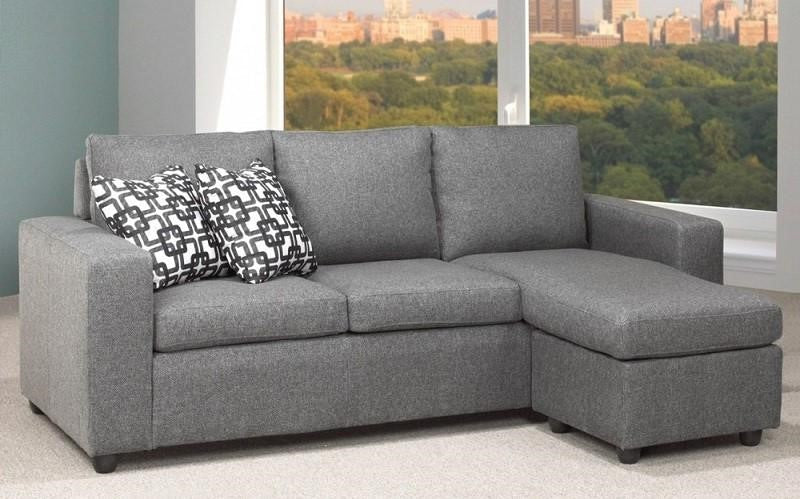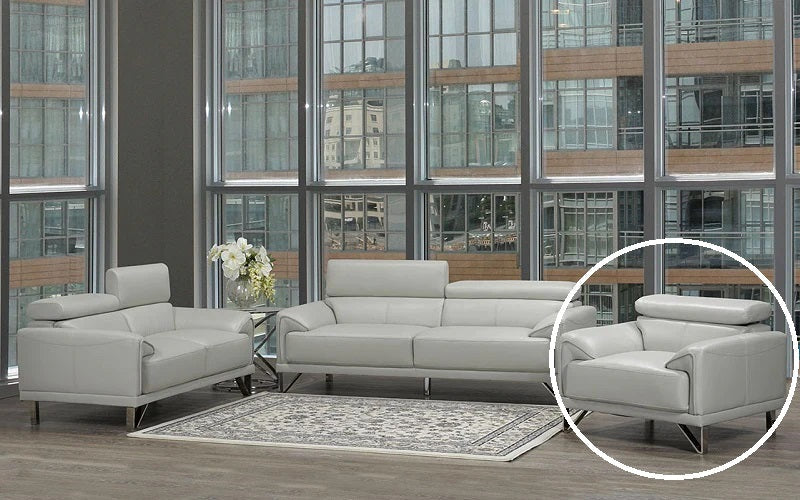Restore and Revive: How to Refinish Wood Furniture Like a Pro

Refinishing wood furniture is a rewarding and cost-effective way to breathe new life into old, worn-out pieces. Whether you're working on a family heirloom or a thrift store find, refinishing can restore the wood's beauty and enhance your home's overall aesthetic. This guide will take you through the steps to refinish wood furniture, from preparation to the final finish, helping you achieve a professional-looking result.
Assess the Condition of the Furniture
Before you begin the refinishing process, it's essential to assess the condition of the furniture. Determine whether the piece needs refinishing or if it could benefit from a simple touch-up or cleaning. Look for signs of damage, such as deep scratches, cracks, or loose joints, that may require repairs before refinishing.
If the existing finish is in relatively good shape, you can rejuvenate the piece with a fresh coat of varnish or polish. However, refinishing is likely the best option if the finish is peeling, cracked, or severely damaged.
Gather the Necessary Materials and Tools
You'll need a few essential materials and tools to refinish wood furniture. Here's a list of what you'll need:
- Sandpaper (various grits, typically 80, 120, and 220)
- Sanding block or electric sander
- Paint stripper or chemical solvent (if necessary)
- Putty knife or scraper
- Wood filler (for filling in cracks or holes)
- Stain or paint (depending on your desired finish)
- Wood conditioner (for staining)
- Brushes, foam applicators, or rags
- Polyurethane or varnish (for a protective finish)
- Drop cloth or newspaper (to protect your work area)
- Safety gear (gloves, goggles, and a mask)
Having all the necessary materials before you start will make the process smoother and more efficient.
Prepare the Work Area
Refinishing wood furniture can be messy, so it's important to prepare your work area properly. Choose a well-ventilated space, such as a garage or outdoor area, to avoid inhaling dust and fumes. Lay down a drop cloth or newspaper to protect the floor or surface you're working on.
Make sure the furniture is stable and at a comfortable height for working. If the piece is large or heavy, consider using sawhorses or a sturdy table to support it.
Remove the Old Finish
The first step in the refinishing process is to remove the old finish. Depending on the condition of the existing finish, you can use sandpaper or a chemical paint stripper to do this.
- Sanding: Remove the finish with sandpaper if it is relatively thin or lightly worn. Start with a coarse grit (80 or 120) to remove the bulk of the finish, then gradually move to finer grits (220) to smooth the surface. Use a sanding block or electric sander for flat surfaces and sand by hand for intricate details or curves.
- Paint Stripper: A chemical paint stripper may be necessary for thicker or more stubborn finishes. Apply the stripper according to the manufacturer's instructions, and use a putty knife or scraper to remove the softened finish. Wear gloves and work in a well-ventilated area when using chemical strippers.
After removing the old finish, wipe down the furniture with a clean cloth to remove any dust or residue.
Repair and Fill Any Damage
Once the old finish is removed, inspect the wood for any damage that needs to be repaired. Fill in cracks, holes, or dents with wood filler, using a putty knife to smooth it out. Allow the filler to dry entirely before smoothening the area.
If there are loose joints or broken pieces, now is the time to make any necessary repairs. Use wood glue to reattach loose parts, and clamp them in place until the glue dries.
Sand the Surface Smooth
After removing the old finish and making any repairs, it's time to sand the entire surface of the furniture to ensure it's smooth and ready for the new finish. Start with medium-grit sandpaper (120) to even out the surface, then finish with fine-grit sandpaper (220) for a smooth, polished feel.
Be sure to sand in the direction of the wood grain to avoid scratching the surface. After sanding, wipe down the furniture with a tack cloth to remove any dust or debris.
Apply Wood Conditioner (Optional)
Applying a wood conditioner before staining can help achieve a more even finish, especially on softwoods like pine or maple if you plan to stain the wood. Wood conditioner helps the wood absorb the stain more uniformly, preventing blotchy or uneven colour.
Follow the manufacturer's instructions and apply the wood conditioner with a brush or cloth. Allow it to soak into the wood for the recommended time before proceeding to the next step.
Stain or Paint the Wood
Now that the new furniture is ready, it's time to apply the stain or paint. Choose a stain or paint colour that complements your decor and enhances the natural beauty of the wood.
- Staining: If you're staining the wood, apply the stain with a brush, foam applicator, or rag, working in the direction of the grain. Allow the stain to penetrate the wood for a few minutes before wiping off the excess with a clean cloth. You can apply multiple coats of stain to achieve a darker colour, allowing each coat to dry before applying the next.
- Painting: If you prefer to paint the furniture, apply a primer first, especially if the wood has knots or imperfections. Once the primer is dry, apply the paint in thin, even coats, allowing each coat to dry before applying the next. Sand lightly between coats for a smooth finish.
Apply a Protective Finish
After the stain or paint has dried, it's time to apply a protective finish to seal and protect the wood. Polyurethane, varnish, or lacquer are popular choices for finishing wood furniture.
Apply the finish with a brush or foam applicator, working toward the grain. Allow the first coat to dry completely, then lightly sand the surface with fine-grit sandpaper before applying a second coat. Depending on the type of finish, you may need to use multiple coats for maximum durability.
Reassemble and Enjoy
Once the final coat of finish has dried, reassemble any removed furniture parts, such as hardware or drawers. Give the furniture a final wipe-down with a clean cloth to remove dust or residue, and then enjoy your beautifully refinished piece.
Final Thoughts
Refinishing wood furniture takes time and patience, but the results are well worth the effort. With a bit of care and attention to detail, you can transform an old, worn-out piece of furniture into something that looks brand new. Whether you're restoring a family heirloom or giving a thrift a new lease on life, a wood furniture store is a satisfying way to preserve the beauty and functionality of your favourite pieces.




